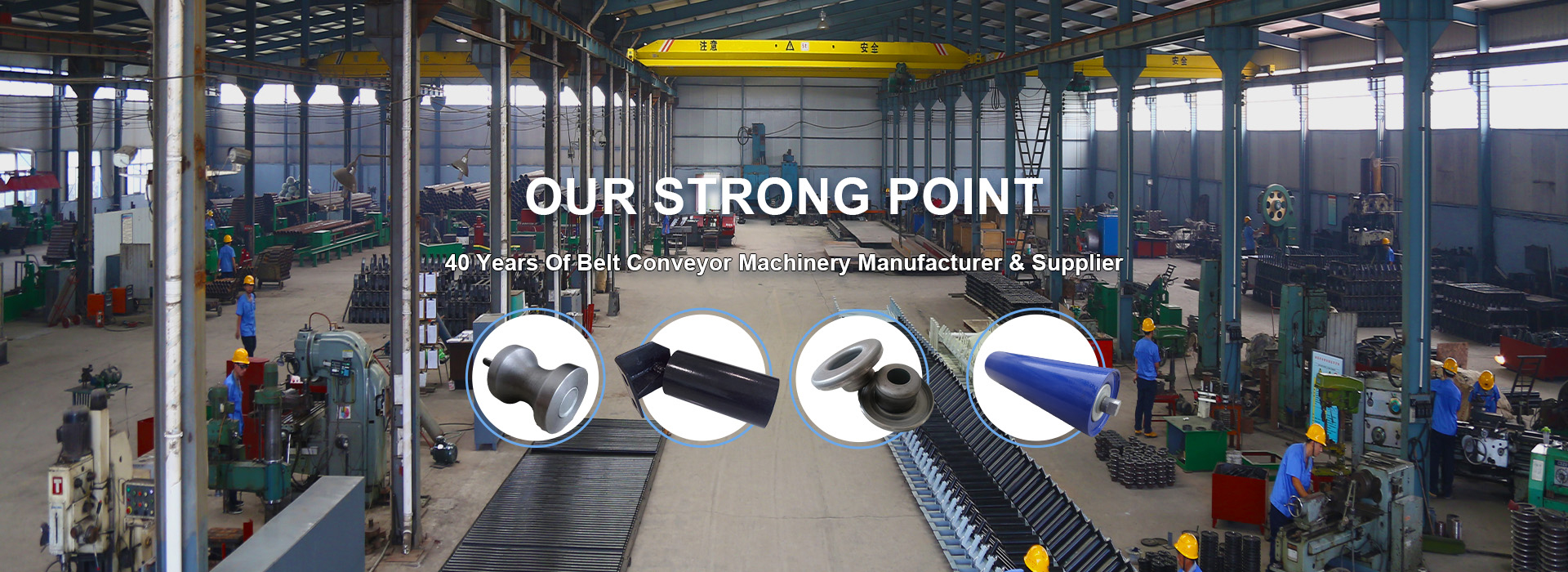 Afrikaans
Afrikaans  Albanian
Albanian  Amharic
Amharic  Arabic
Arabic  Armenian
Armenian  Azerbaijani
Azerbaijani  Basque
Basque  Belarusian
Belarusian  Bengali
Bengali  Bosnian
Bosnian  Bulgarian
Bulgarian  Catalan
Catalan  Cebuano
Cebuano  Corsican
Corsican  Croatian
Croatian  Czech
Czech  Danish
Danish  Dutch
Dutch  English
English  Esperanto
Esperanto  Estonian
Estonian  Finnish
Finnish  French
French  Frisian
Frisian  Galician
Galician  Georgian
Georgian  German
German  Greek
Greek  Gujarati
Gujarati  Haitian Creole
Haitian Creole  hausa
hausa  hawaiian
hawaiian  Hebrew
Hebrew  Hindi
Hindi  Miao
Miao  Hungarian
Hungarian  Icelandic
Icelandic  igbo
igbo  Indonesian
Indonesian  irish
irish  Italian
Italian  Japanese
Japanese  Javanese
Javanese  Kannada
Kannada  kazakh
kazakh  Khmer
Khmer  Rwandese
Rwandese  Korean
Korean  Kurdish
Kurdish  Kyrgyz
Kyrgyz  Lao
Lao  Latin
Latin  Latvian
Latvian  Lithuanian
Lithuanian  Luxembourgish
Luxembourgish  Macedonian
Macedonian  Malgashi
Malgashi  Malay
Malay  Malayalam
Malayalam  Maltese
Maltese  Maori
Maori  Marathi
Marathi  Mongolian
Mongolian  Myanmar
Myanmar  Nepali
Nepali  Norwegian
Norwegian  Norwegian
Norwegian  Occitan
Occitan  Pashto
Pashto  Persian
Persian  Polish
Polish  Portuguese
Portuguese  Punjabi
Punjabi  Romanian
Romanian  Russian
Russian  Samoan
Samoan  Scottish Gaelic
Scottish Gaelic  Serbian
Serbian  Sesotho
Sesotho  Shona
Shona  Sindhi
Sindhi  Sinhala
Sinhala  Slovak
Slovak  Slovenian
Slovenian  Somali
Somali  Spanish
Spanish  Sundanese
Sundanese  Swahili
Swahili  Swedish
Swedish  Tagalog
Tagalog  Tajik
Tajik  Tamil
Tamil  Tatar
Tatar  Telugu
Telugu  Thai
Thai  Turkish
Turkish  Turkmen
Turkmen  Ukrainian
Ukrainian  Urdu
Urdu  Uighur
Uighur  Uzbek
Uzbek  Vietnamese
Vietnamese  Welsh
Welsh  Bantu
Bantu  Yiddish
Yiddish  Yoruba
Yoruba  Zulu
Zulu head pulley in conveyor
The Head Pulley in Conveyor Systems A Critical Component
Conveyor systems play an essential role in various industries, facilitating the efficient movement of materials from one point to another. One of the critical components of these systems is the head pulley, which not only supports the belt but also plays a vital role in the overall functionality of the conveyor. Understanding the significance of the head pulley can help improve operational efficiency and equipment longevity.
What is a Head Pulley?
The head pulley is located at the discharge end of a conveyor belt system. It serves as the drive pulley that powers the movement of the belt. When the head pulley rotates, it pulls the belt along its path, allowing materials to be transported from the loading area to the discharge point. The head pulley is typically larger in diameter than other pulleys in the system, ensuring it provides the necessary torque to facilitate the movement of heavy loads.
Functions of the Head Pulley
1. Belt Tensioning The head pulley plays a crucial role in maintaining proper belt tension. Adequate tension is vital for optimal performance, preventing slippage, and reducing wear on the belt and other components. The head pulley helps to keep the belt taut, allowing for efficient material handling.
2. Material Discharge As the belt approaches the head pulley, it carries materials to the discharge point. The design of the head pulley often includes features such as a belt scraper or discharge chute that helps to facilitate the smooth release of materials without causing blockages or spillage.
head pulley in conveyor

3. Direction Change The head pulley is also responsible for indicating the direction the materials will take after discharge. In many applications, this directional change is critical for ensuring that materials are loaded onto downstream processes or equipment smoothly.
4. Drive Mechanism The head pulley is often connected to a motor or drive system that generates the rotational force needed to move the belt. The efficiency of the drive mechanism is directly tied to the proper function and maintenance of the head pulley, making it a vital part of the conveyor system.
Importance of Maintenance
Regular maintenance of the head pulley is essential to ensure the reliability of the conveyor system. Over time, wear and tear can cause misalignment, which may lead to belt slippage or premature belt failure. Checking for signs of wear, such as surface cracks or uneven wear patterns, can help identify issues before they become critical.
Lubrication of bearings and inspection of the drive mechanism are also crucial maintenance tasks. A well-maintained head pulley can significantly reduce downtime and increase the efficiency of the entire conveyor system.
Conclusion
The head pulley is a fundamental component of conveyor systems, instrumental in the effective movement and discharge of materials. Its roles in tensioning the belt, facilitating material discharge, and driving the conveyor underline its importance in various industrial applications. By investing time in the proper maintenance of the head pulley, organizations can enhance the reliability and performance of their conveyor systems, ultimately leading to improved productivity and cost savings. Understanding its significance is key for anyone involved in material handling operations, emphasizing that ignoring this component can have detrimental effects on overall efficiency.
-
Revolutionizing Conveyor Reliability with Advanced Rubber Lagging PulleysNewsJul.22,2025
-
Powering Precision and Durability with Expert Manufacturers of Conveyor ComponentsNewsJul.22,2025
-
Optimizing Conveyor Systems with Advanced Conveyor AccessoriesNewsJul.22,2025
-
Maximize Conveyor Efficiency with Quality Conveyor Idler PulleysNewsJul.22,2025
-
Future-Proof Your Conveyor System with High-Performance Polyurethane RollerNewsJul.22,2025
-
Driving Efficiency Forward with Quality Idlers and RollersNewsJul.22,2025





























